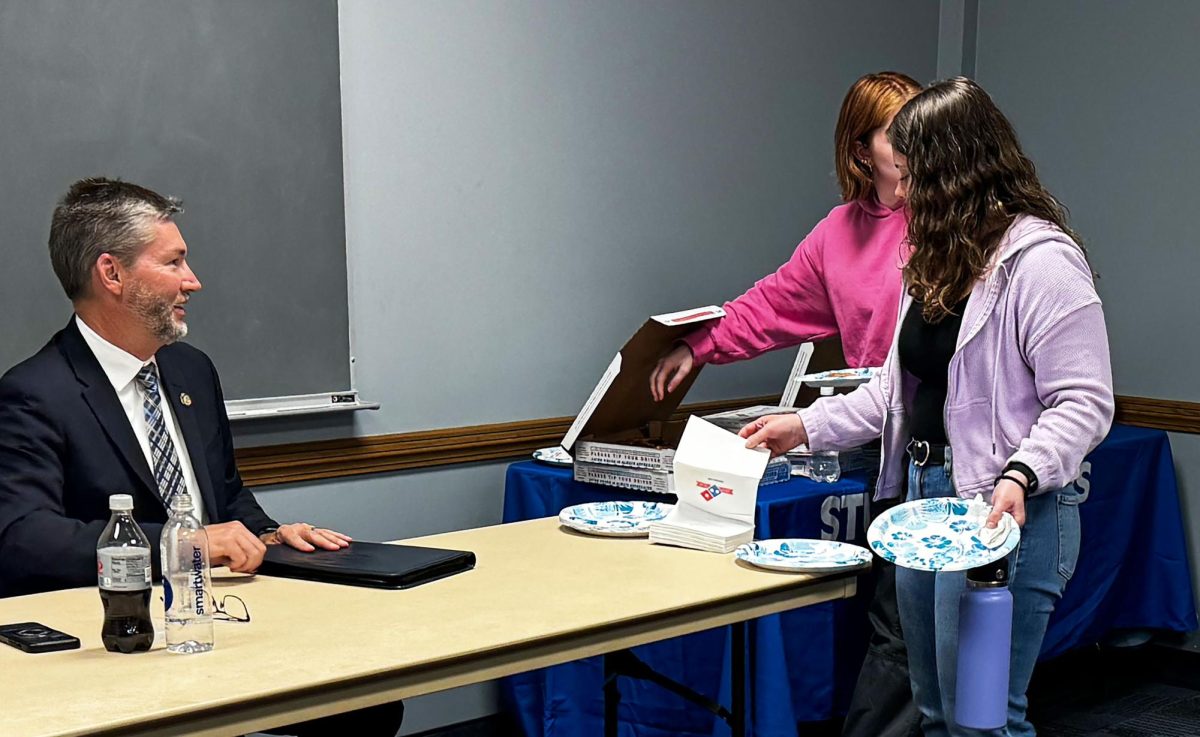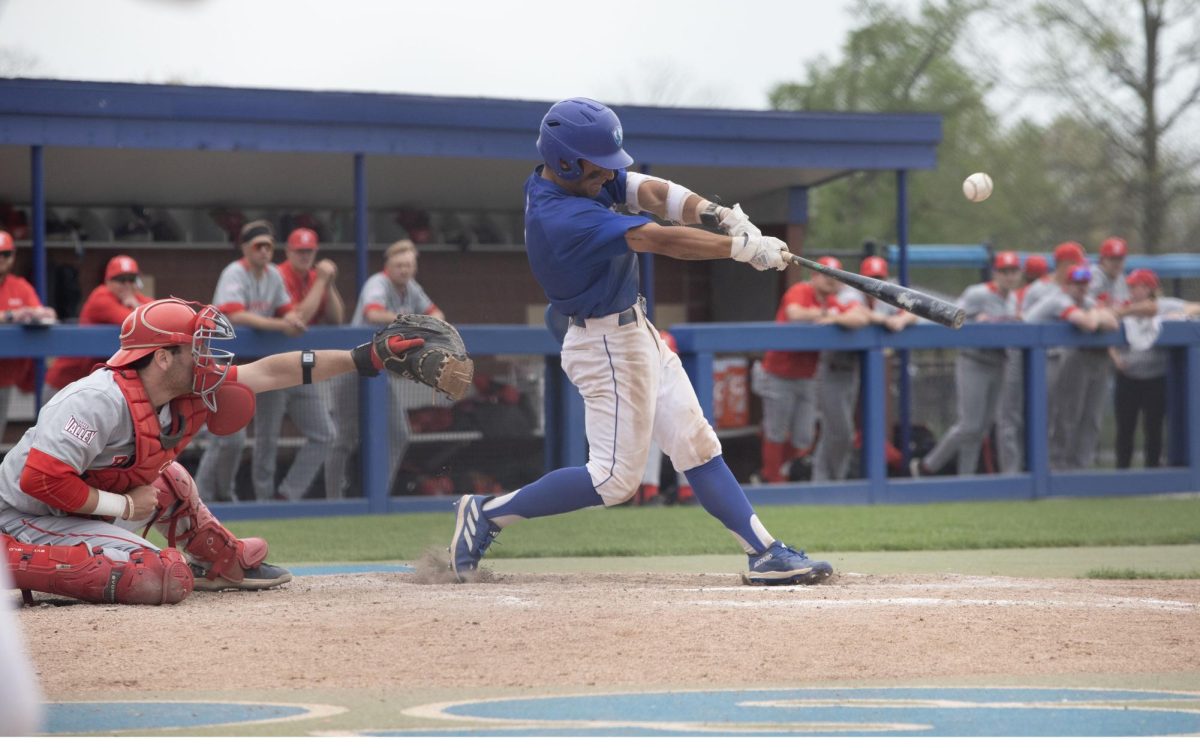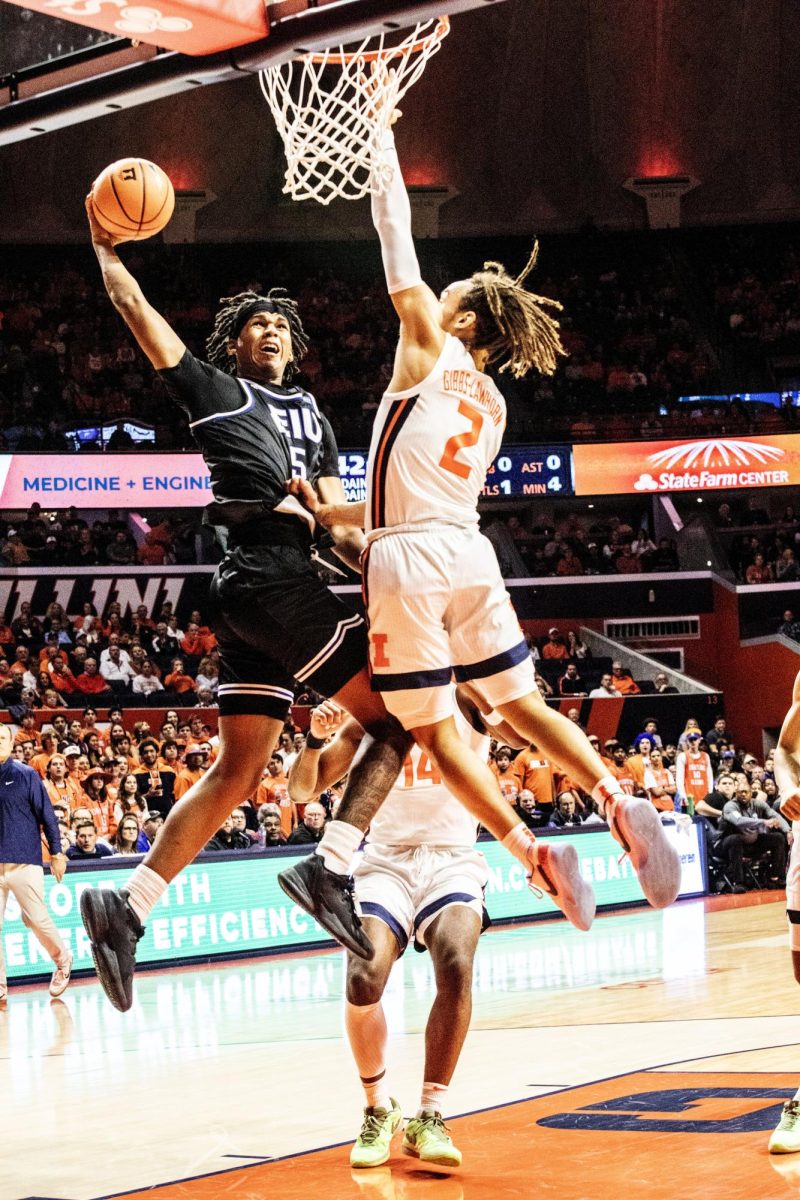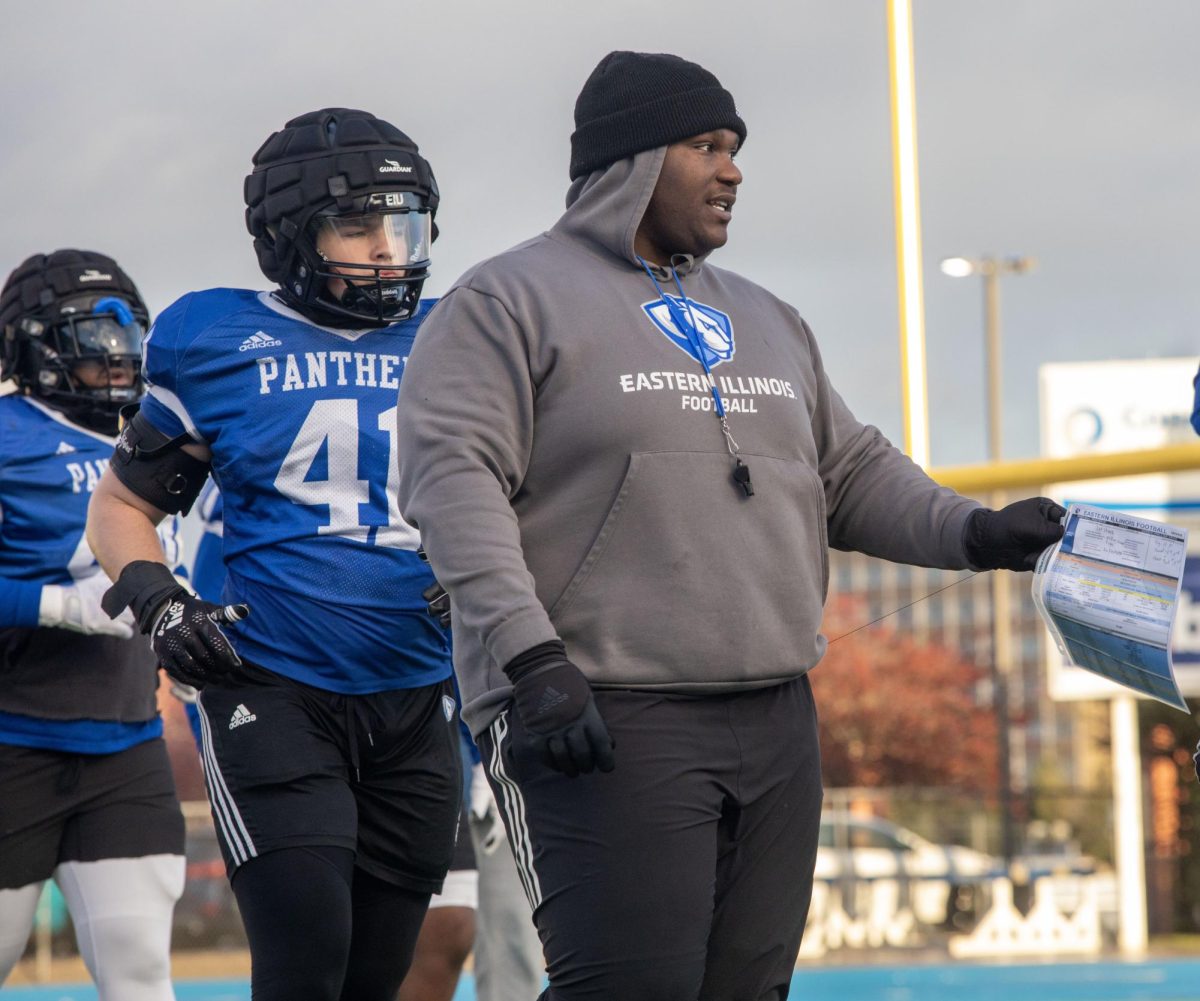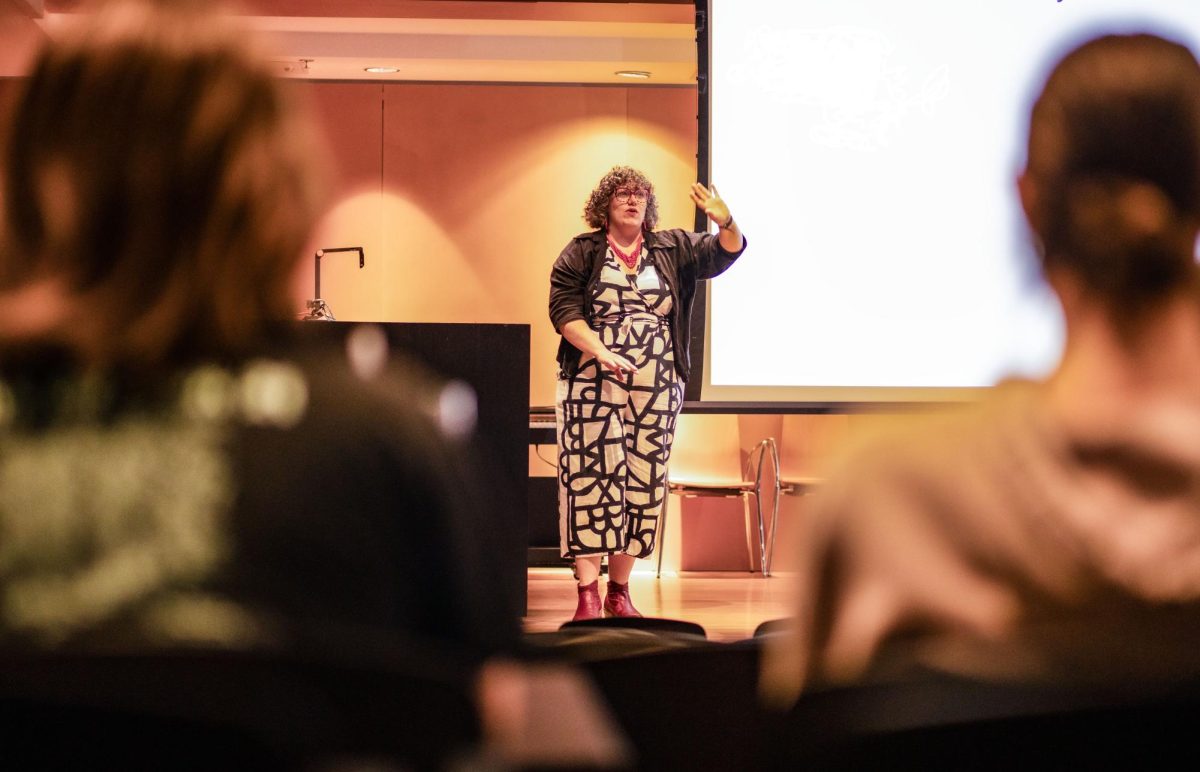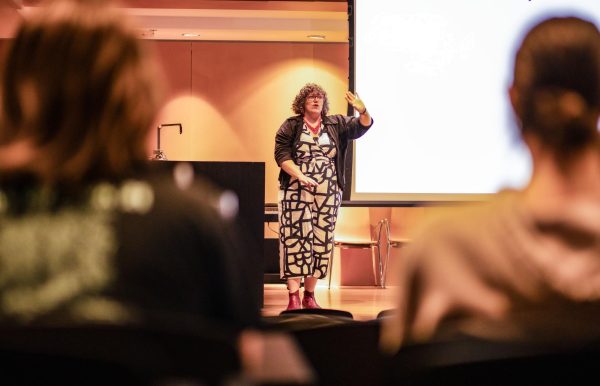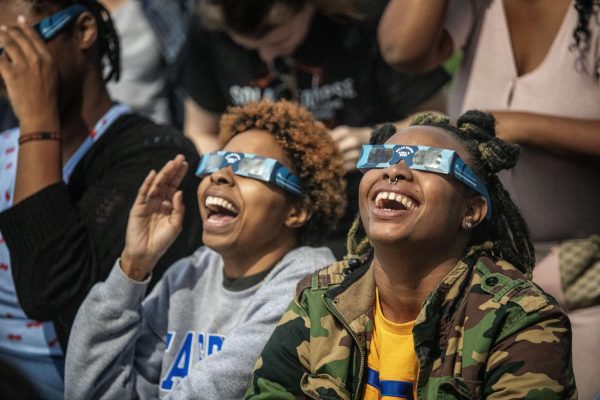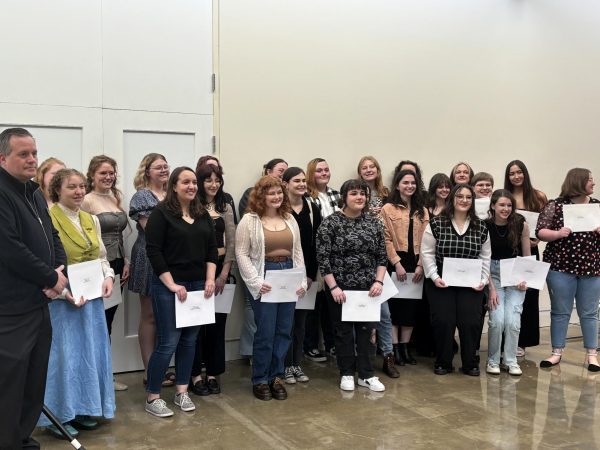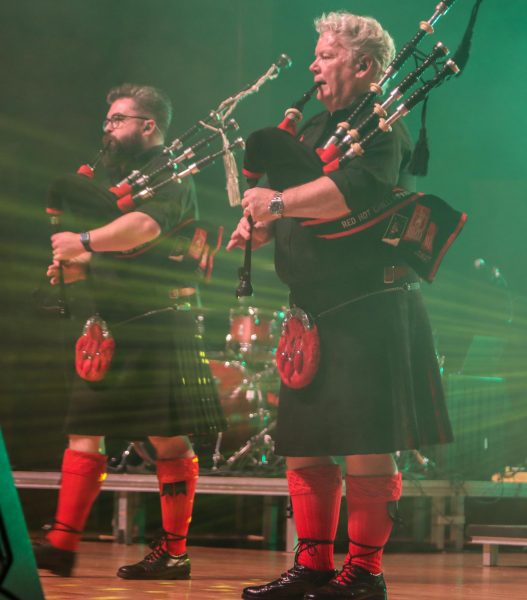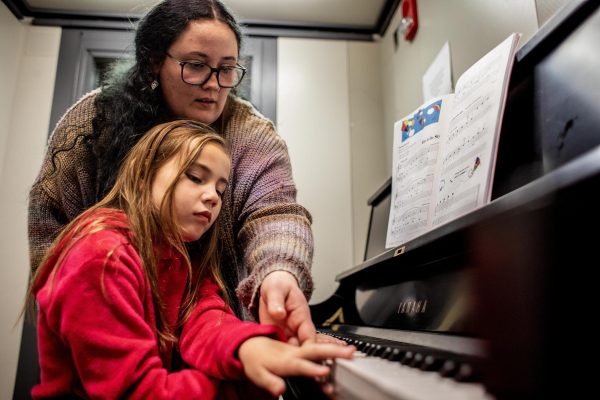Faculty Senate talks proposal for ‘think tank’
March 6, 2019
Discussion regarding the proposal of a university think tank continued at the Faculty Senate meeting Tuesday.
The idea of a think tank originated from a recommendation proposed by the Workgroup No. 8 and 9 Review Committee last year.
The committee proposed the idea of creating a permanent group or strategic committee that would be solely purposed to look at the future of Eastern’s campus.
This think tank would focus on macro ideas and trends in higher education while simultaneously looking at Eastern’s future, according to an Oct. 31 article published in The Daily Eastern News.
Todd Bruns, the Faculty Senate chair, said he sees the think tank acting as an early warning system, something that would identify problems or issues for Eastern that could be on the horizon.
It is not supposed to be a decision-making body though.
Management professor Mike Dobbs talked about the broader landscape of higher education and where Eastern stands on the issue.
Dobbs talked to the Senate last semester about the strategic vision committee or think tank, and at Tuesday’s meeting he presented the back drop for why there is a need for such a committee and what some of the issues are that the committee should be talking about.
Dobbs said he wanted to give Senate members a different perspective and framework for some of the things the think tank might look at.
He asked how Eastern, which is an organization, exists within its environment or what its interactions are with its ecosystem.
“How does Eastern interact with the rest of its ecosystem? What are some things that we can look at and manage those interactions better?” Dobbs said. “We are embedded in an environment we do not exist in a silo, in vacuum there are interactions constantly going on. So what are some of those interactions, what are the key ones, and what do we need to do to know about that so we can manage those relationships better.”
Dobbs showed Senate members the environment around Eastern and said there are four key players that the University interacts with. They are suppliers, buyers, competitors and complementors.
Suppliers are what Eastern pays in order to receive particular goods and services. They supply Eastern with something for some sort of cost.
Suppliers include faculty and staff payroll and benefits, physical operations for the university and technology resources for the university.
Then there are buyers, things that act as a source of revenue for the University and something Dobbs said is important to understand how it is defined.
Buyers include tuition, which can be paid for by the students, their parents, scholarships or grants, state appropriations, auxiliary service fees or earnings and donations, grants or contracts.
“For a university, it’s not necessarily intuitive who are buyers are,” Dobbs said. “What’s the first thing that jumps to your mind when you say, ‘Who are buyers?’ Students.”
Dobbs said even though tuition is a key revenue source, students hardly pay all their tuition; rather, it is paid for by the state (through a state appropriation and grants) or the federal government (through grants and loans).
Therefore, he said taxpayers of Illinois are also one of the key buyers for the University.
“Tuition is a key revenue source, but students, parents, Pell grants, scholarships, employers with tuition reimbursement programs, they’re all our buyers. State appropriated dollars, auxiliary services, fees, donations, grants, contracts, those are all of our buyers they are paying us for something,” Dobbs said. “Understanding this (is) important. It can be a game changer, and a lot of us don’t understand it; I certainly didn’t when I started.”
Dobbs said there are three kinds of competitors, which are direct competitors like other Illinois public institutions, all other institutions (private schools) and neighboring institutions, new entrants or future competitors like online universities and substitutes like community colleges or the military.
To explain why it is important to look at competitors and how it could affect Eastern, Dobbs compiled data from 2006 to 2017 (he said 2017 was the most recent data) that looked at statistics in percent change in total fall enrollments at public universities.
He said there is a perception that across the state all institutions dropped in enrollment, but he said that is not true.
He said the University of Illinois system, Southern Illinois University in Edwardsville and Illinois State University have seen positive growth rate from 2006 to 2017. Meanwhile, Eastern was among those with a drop in enrollment from 2006 to 2017, hovering slightly above Chicago State University (however, in Fall 2018 enrollment increased by 7.1 percent with freshmen enrollment increasing by 24.5 percent, according to a Sept. 4 article in The Daily Eastern News).
“We’re not in last,” Dobbs said. “These are hard numbers, but this is something that needs to be looked at, this is the kind of thing that we need to know and make some decisions (over). It’s not state wide; we can’t blame it on the budget. There must be things going on that are unique to Eastern.”
Dobbs also pointed out, based on the data he researched, that Eastern cannot rely on state appropriations or tuition and needs to rely on donations and endowment revenue.
But, he said Eastern’s endowment level is not that high compared to other institutions and said this is one of the areas the university needs to look at if it wants to be competitive in the future.
“How are we going to increase revenue in significant ways?” Dobbs asked. “It’s got to be this.”
Complementors are products or services that enhance the flows between buyers and the institution or suppliers and the institution, Dobbs said.
He said there are three types of complementors that complement Eastern, which are value producing, transaction and value perception.
Value producing includes the businesses in the Charleston community that offer something to do and an alumni network.
Transaction complementors refer to student loans and the banks or feds that produce and handle that, and transportation infrastructure like the Amtrak train station in Mattoon.
Value perception complementors are those that change the value of the perception of some of the buyers. This includes things like word of mouth, high school counselors that talk up Eastern, reviews, reports and other things the university does not pay for but makes them look good.
Dobbs said these are also things to keep track of and work with to support it.
Bruns said Eastern President David Glassman is on board with the idea of a think tank.
Bruns said he and Teshome Abebe, a Senate member and economics professor, will work together to draft the proposal for a think tank to make it more concrete and give Glassman a framework for how the think tank should be and who should be appointed to it.
The proposal will be brought to the next Senate meeting on March 19.
Analicia Haynes can be reached at 581-2812 or [email protected].




